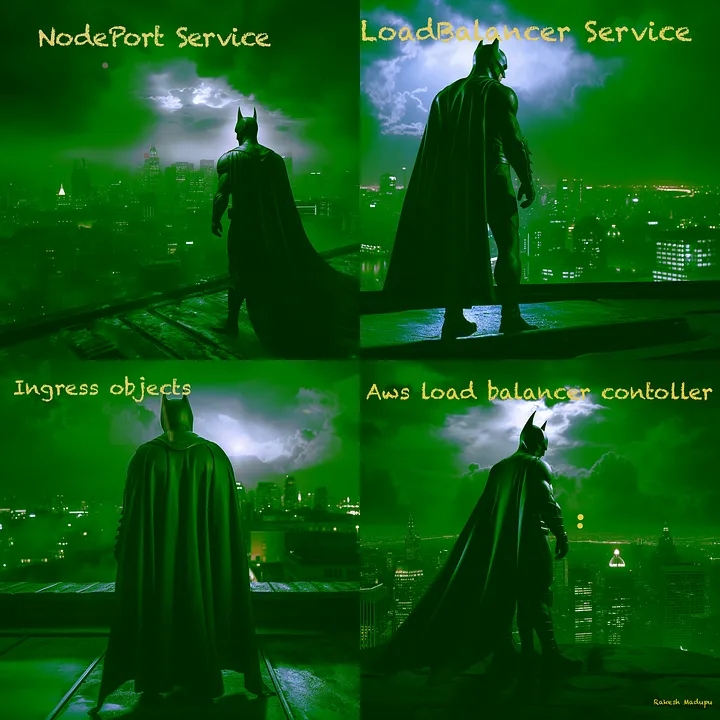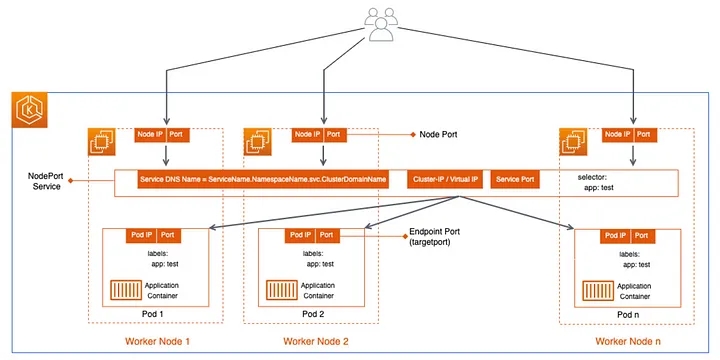EnGenius to release Wi-Fi 7 router for the enterprise
Enterprise networking hardware vendor EnGenuis will release one of the first Wi-Fi 7-enabled routers for business use, the company announced this week.The ECW536 uses the Qualcomm Networking Pro 1220 chipset, and features a 4x4x4 antenna configuration. It’s got two 10Gb ethernet ports, and boasts several security enhancements, including business-class encryption protocols, RADIUS and isolated guest access.The main draw, however, is Wi-Fi 7 connectivity. Wi-Fi 7, also known as 802.11be, is the latest and greatest Wi-Fi specification, although official certification from the IEEE isn’t expected to start until the second half of 2024. The key upgrades in Wi-Fi 7 include wider channels (up to 320MHz), 4K quadrature amplitude modulation rather than 1K, and muiltilink operation, which uses multiple radio bands at the same time to serve one connection. All that adds up to a substantially increased theoretical throughput peak, at 46Gbps.To read this article in full, please click here


.png?width=1200&height=675&name=image%20(1).png)




